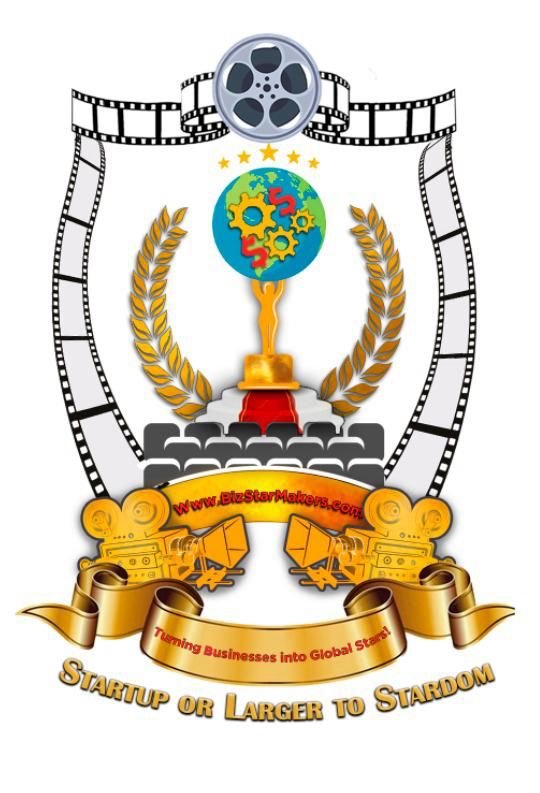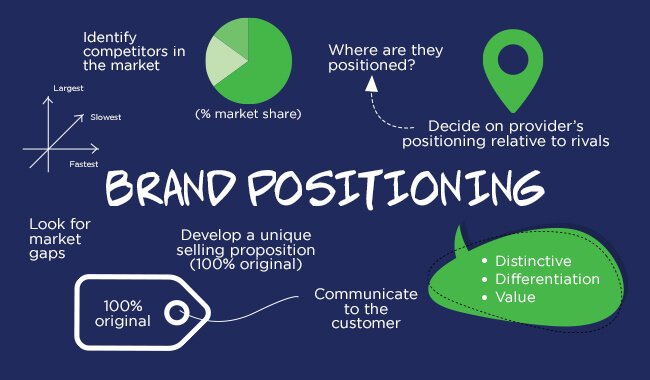Daniel Davidson, MD, MBA, DBA, PHD
Introduction:
Establishing a profitable company from the bottom up is a path filled with difficulties, victories, and countless lessons discovered. Even while achieving worldwide success sometimes seem impossible, it is undoubtedly possible with the correct plan, commitment, and vision. This article will discuss the essential processes that a startup must go through to become well-known on a worldwide scale.
Ideation and Conceptualization:
- Every successful company effort begins with ideation and conceptualization, which opens the way for innovation, distinction, and value creation. Conceptualization is essentially the process of coming up with and exploring ideas, whereas conceptualization is the process of honing and molding those ideas into workable business concepts. This crucial phase of the entrepreneurial journey establishes the direction of the enterprise as a whole, directing strategic choices and molding the identity and path of the company.
- Entrepreneurs use their imagination and problem-solving abilities to find opportunities, meet consumer demands, or develop preexisting solutions during the ideation phase. To create a pool of viable ideas, this method frequently include trend analysis, market research, and brainstorming sessions. Entrepreneurs look for opportunities that fit with their passions, talents, and objectives. They may get inspiration from industry insights, personal experiences, developing technologies, or societal trends.
- After the creation of ideas, entrepreneurs go on to the conceptualization stage, when they assess and hone their concepts to create a distinct and alluring company plan. This entails carrying out feasibility studies, evaluating the demand in the market, and confirming the planned venture’s viability. Entrepreneurs may experiment with various revenue streams, business strategies, and value propositions in an effort to develop a special and distinctive product that appeals to their target market.
- Defining the company’s goal, vision, and fundamental values as well as its target market, competitive environment, and value proposition are important factors to take into account throughout the conceptualization stage. In order to set the stage for future expansion and success, entrepreneurs must also take into account elements like income potential, sustainability, and scalability.
- Creativity, strategic thinking, and market knowledge must all be combined for successful ideation and conceptualization. Entrepreneurs need to be open to trying new things, defying the status quo, and accepting of trial and error. In order to recognize unexplored possibilities and create creative solutions that meet practical needs, they also need to have a thorough awareness of their target market, industry trends, and competition dynamics.
Business Planning and Strategy Development:
- Developing a strategy and conducting business planning are crucial steps in creating a profitable company. These procedures entail formulating strategies to accomplish long-term goals, recognizing opportunities and obstacles, and developing a roadmap for the company’s future growth and development. Businesses can utilize strategic planning to coordinate their actions, talents, and resources in order to get a competitive edge and succeed long-term in the market.
- The process of creating a detailed plan that describes the mission, vision, goals, and objectives of an organization is known as business planning. To find development and expansion prospects, it entails examining industry landscapes, competition dynamics, and market trends. In order to effectively capitalize on the organization’s strengths and offset its limitations, business planning also include evaluating the organization’s internal strengths and weaknesses.
- The process of creating effective plans and strategies to accomplish the goals of the company is known as strategy development. It entails choosing wisely where to allocate resources in terms of product development, pricing schemes, distribution routes, and market positioning. Businesses can identify their competitive edge and create a plan for accomplishing their long-term objectives through strategic planning.
- Careful consideration, planning, and decision-making are necessary for business planning and strategy formulation. It entails considering all available options, balancing risks and benefits, and deciding which course of action is best for the company. Additionally, in order to guarantee that everyone is working toward the same goals and objectives, these processes call for cooperation and alignment at all organizational levels.
Establishing a Strong Brand Identity:
If a company wants to stand out in a crowded market, it must first establish a distinctive brand identity. It entails developing a recognizable and consistent brand that appeals to the target market. This include coming up with a distinctive brand name, creating a visually appealing logo and other brand elements, and creating messaging that expresses the personality and values of the company. In addition to helping companies stand out from rivals, a strong brand identity fosters consumer loyalty and trust, which eventually promotes long-term success and growth.
Building a Solid Infrastructure:
Establishing the fundamental framework and support mechanisms required to successfully maintain and grow a business’s operations is part of building a sound infrastructure. This involves making investments in vital resources like human capital, technology, partnerships, and processes to guarantee smooth operations, effective communication, and top performance in every department of the company. A strong infrastructure is the foundation of the company, allowing it to thrive, overcome obstacles, and stay stable in a constantly changing business environment.
Expanding Market Reach and Customer Base:
Reaching out to new geographic areas or demographic groups is one way to broaden your market reach and customer base in order to draw in more clients and boost sales. By diversifying the clientele and breaking into new markets, this development plan hopes to boost company growth. Reaching a larger audience could entail introducing fresh marketing initiatives, concentrating on particular clientele, or exploring uncharted territory in terms of distribution. Businesses may raise their profile, create more leads, and eventually improve sales and profitability by broadening their market and clientele.
Embracing Innovation and Adaptation:
In today’s competitive and dynamic business environment, companies must embrace innovation and adaptability. It entails establishing an environment that values innovation, creativity, and ongoing development. Businesses that embrace innovation are better able to foresee market trends, remain ahead of the curve, and take advantage of growth and expansion opportunities. Moreover, adaptation enables companies to react to shifting consumer tastes, market dynamics, and technology breakthroughs. It entails having agility, flexibility, and the willingness to change course when necessary in order to stay competitive and relevant. All things considered, companies that want to be strong, creative, and ready for long-term success in a constantly changing business environment must embrace innovation and adaptability.
Cultivating a Global Mindset:
Having a global mindset involves embracing an outlook that respects cultural variety and crosses national boundaries. To successfully negotiate the complexity of a global marketplace, one must comprehend and value various cultural conventions, beliefs, and economic practices. Individuals and companies can broaden their perspectives, forge deep connections across cultural divides, and seize opportunities in a variety of industries by cultivating a global mindset. This calls for adaptability, openness, curiosity, and a readiness to absorb knowledge from many viewpoints, all of which contribute to global success through innovation and teamwork.
Conclusion:
The path of creating a worldwide commercial empire, from birth to fame, is proof of the strength of perseverance and the entrepreneurial spirit. These essential steps—idea and conceptualization, business planning and strategy development, infrastructure building, brand building, market expansion, innovation, and cultivating a global mindset—allow entrepreneurs to steer clear of obstacles and realize their goals of creating a successful company that makes a lasting impression on the global scene.







